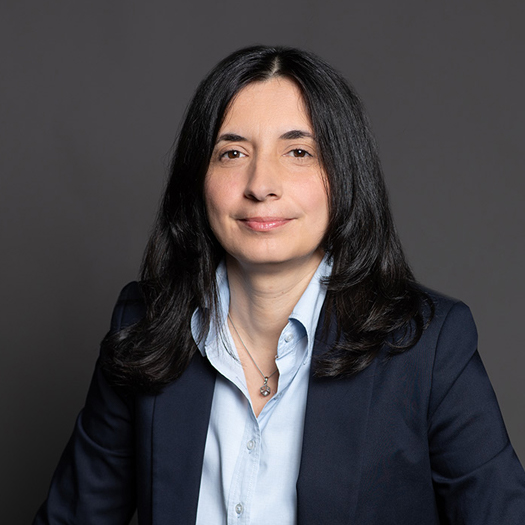
The Long-Term Effects of School Quality in a Low-Income Country
Research Seminars: Mannheim Applied SeminarEvidence From 15 Years of Data
Thie paper presented in this Mannheim Applied Seminar uses newly-collected data on the allocation of dowry to examine its role in resolving intergenerational frictions around migration in India. Migration disrupts traditional elderly support structures, in which sons live near their parents and care for them in old age. The authors develop a model in which dowry can promote migration by allowing sons to make upfront transfers to their parents and ease constraints on income sharing. To test this hypothesis, they collect two new datasets that measure the distribution of dowry between family members. They document for the first time that net transfers of dowry to a man's parents are common but far from universal. Consistent with using dowry for income sharing, such transfers occur more often when sons migrate, especially when they work in higher-earning occupations. In nationally representative data, migration rates are higher in areas with stronger historical dowry traditions. Finally, exploiting a large-scale highway construction program, the authors show that men from areas with stronger historical dowry traditions migrate more when migration costs fall. Their findings provide some clues as to why dowry persists despite its well-documented adverse consequences.
People

Directions
- Room 1



